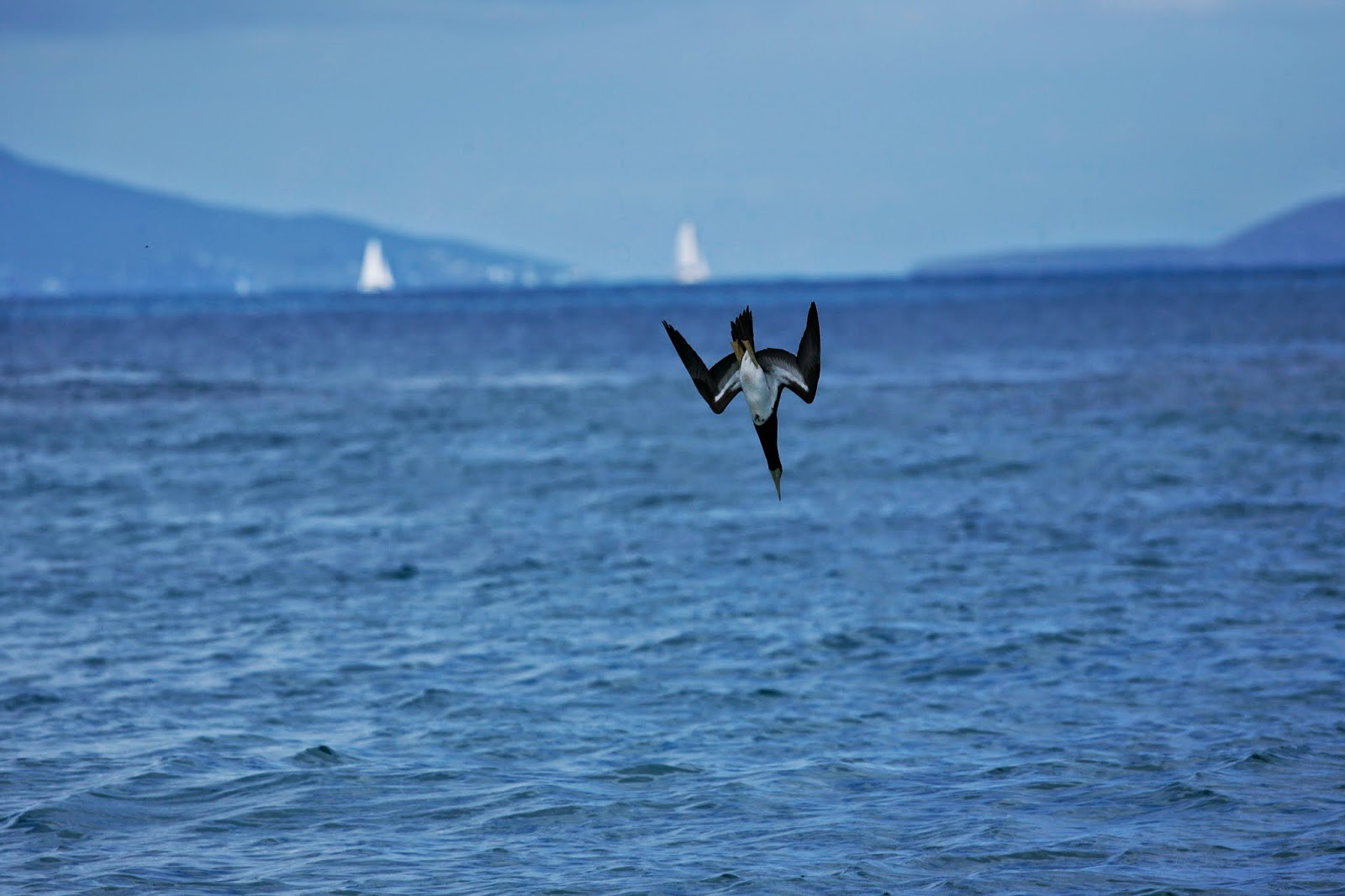After posting a few blogs from my recent holiday to the Caribbean,I`ll move closer to home now with an account of a lovely morning up in the lancashire fells.The weather was given to be good with plenty of sunshine which persuaded me to venture out, in the hope of locating our only venomous snake the Adder.Its about this time of year that they start to eme









rge from their hibernation dens.They are also ready to mate at this time of year, so on a warm day there is usually plenty of activity.The youngsters are born in Aug/Sept about the size of an earthworm,so are always likely to be predated by birds of prey and even pheasants!The Adders are masters of camouflage amongst the bracken so you have to be careful where you walk.A bite from one of these can be really painful,causing swelling and a lot of discomfort.There hasn`t been any fatalities from Adder bites in the last 20 yrs,but you do have to take care.I was wearing some strong leather wellingtons just in case!
The day started off quite cold for me,so I spent a few hrs trying to get a few images of the brown hares which frquent the moors,there were a few about, but albeit rather distant.As soon as the suns warming rays were felt,I headed to a known spot where I`d previously found Adders before.I searched the hillside bracken keeping out a wary eye and it wasn`t too long before I found a group of 5 Adders all catching the warm sun!
With it being early Spring,they are easily approached,unlike summer when they tend to bolt into the undergrowth at the sound of footsteps.I managed to capture a few images of the Adders,then left them to go on with their morning rituals.They seemed to be in the early stages of mating,as one or two were intertwining.I`m sure there were 3 males and 2 females present in the group so hopefully they`ll add to the population.This is one of only 2 sites in Lancashire were Adders are known to inhabit,so they are not at all common.I hope you enjoy the images below, and will catch up with you soon with more tales of nature from the surrounding countryside!!!























